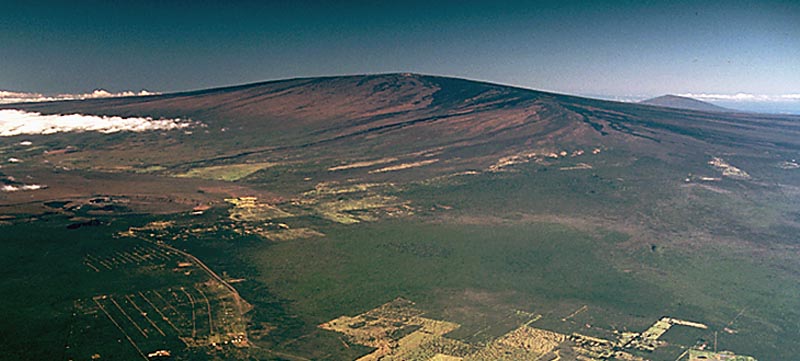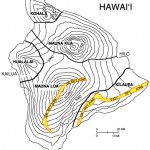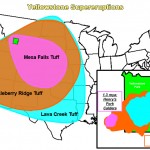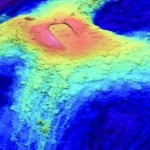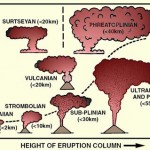The summer of 2014 has been an exciting one for volcano science!
Mauna Loa shows signs of possible eruption
As Kilauea's lava flows continue to threaten communities on the Big Island, its older and bigger cousin Mauna Loa could be thinking about joining in on the action. Over the past two months, Mauna Loa has experienced a swarm of deep (>50 km) earthquakes and ground deformation, which indicate magma intrusion and chamber inflation, respectively, as well as seismic events at its summit volcano and along its Upper Southwest Rift Zone—a similar pattern to what preceded its 1975 and 1984 eruptions.The Hawaiian Volcano Observatory publishes monthly reports on Mauna Loa's latest activity.
Challenge to traditional intraplate volcano model
In the traditional model of an intraplate volcanoes (such as Hawaii or Yellowstone), narrow tubes from the mantle supply magma to the crust; however, despite years of seismologic studies searching for these plumes, none have been discovered. Supporters of this model suggest that the plumes are simply too small to resolve, but a new theory argues that the plumes don't exist. Rather than discrete jets of magma feeding volcanoes, intraplate volcanoes could form when cold crust subducts and displaces mantle, forcing wide "blobs" of magma to rise in a manner similar to convection in a lava lamp. Evidence for the new theory includes seismic tomographic identification of broad upper mantle features lying beneath volcanoes; the shape and slow speed of these "blobs" indicates that they're passively upwelling in response to subducted slabs.
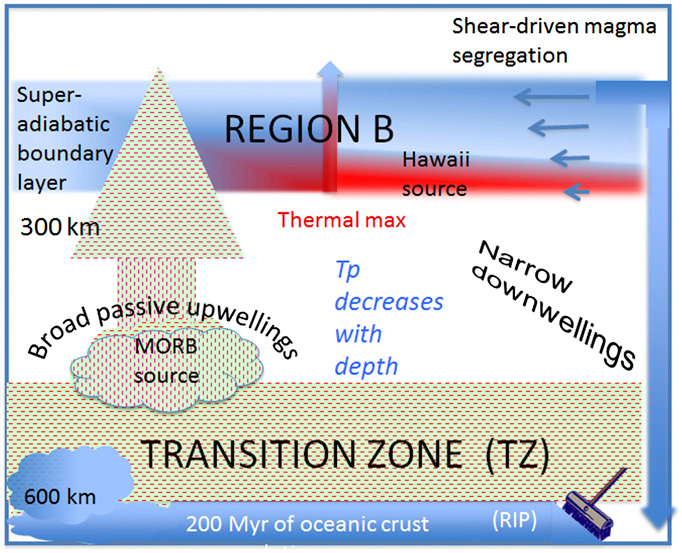
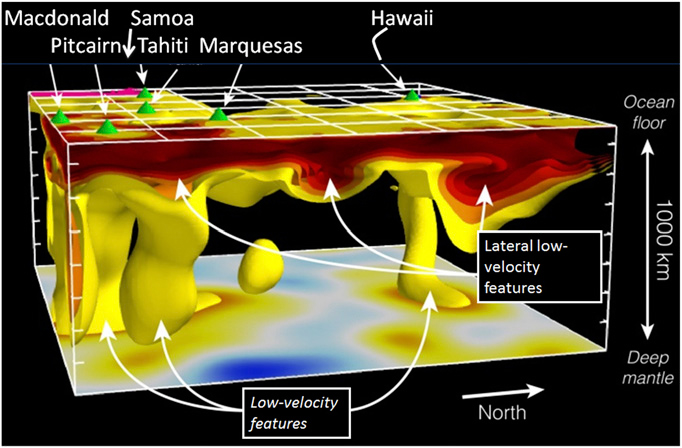
The effect of slope on lava flow
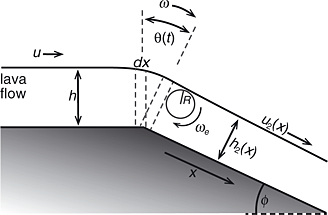 The surface of a lava flow is exposed to the cool air and quickly hardens, providing a protective shell over the rest of the lava that prevents heat loss and allows the lava to travel farther. A new study looks at turbulence within lava flows in response to changing slope. When the slope steepens, forward motion changes into rotational motion, and the eddies within the lava can crack the hardened surface, exposing the lava within. Ultimately, this decreases the distance that the lava can flow.
The surface of a lava flow is exposed to the cool air and quickly hardens, providing a protective shell over the rest of the lava that prevents heat loss and allows the lava to travel farther. A new study looks at turbulence within lava flows in response to changing slope. When the slope steepens, forward motion changes into rotational motion, and the eddies within the lava can crack the hardened surface, exposing the lava within. Ultimately, this decreases the distance that the lava can flow.

